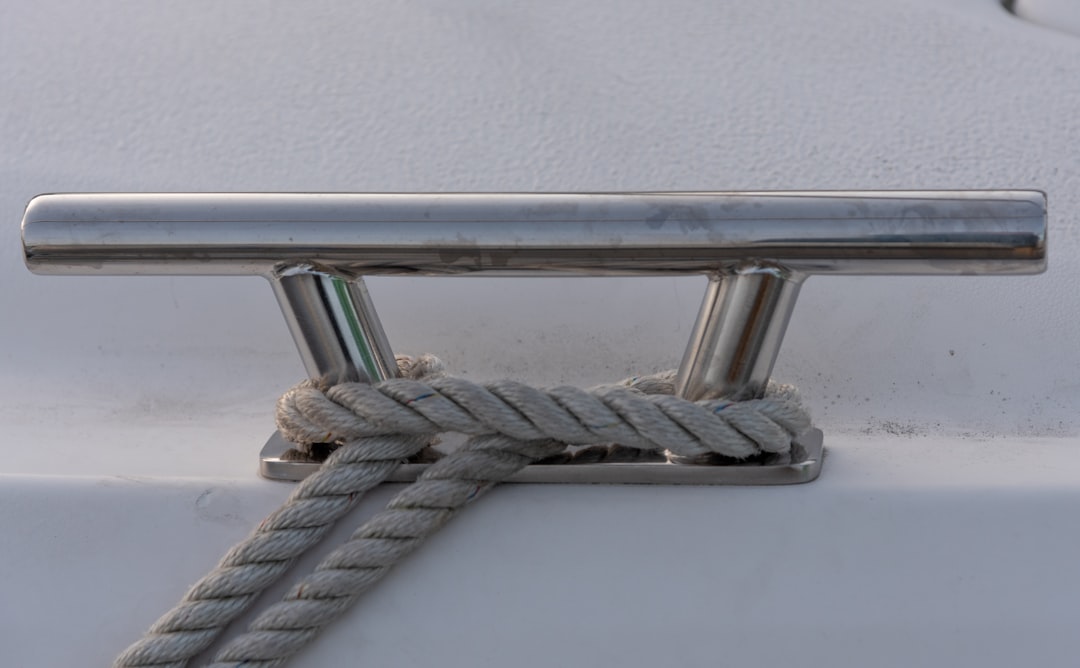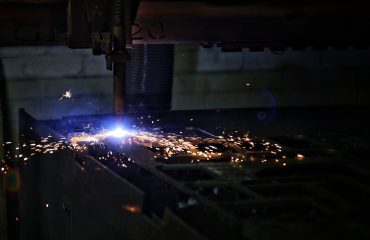body {
font-family: sans-serif;
line-height: 1.6;
}
h1, h2, h3 {
color: #333;
}
img {
max-width: 100%;
height: auto;
display: block;
margin: 20px auto;
}
Twisted square wire, with its unique strength and aesthetic appeal, offers a surprising range of applications beyond simple binding. From intricate crafts to robust construction projects, this versatile material proves its worth in numerous ways. This comprehensive guide explores the multifaceted uses of twisted square wire, highlighting its potential in various fields.
Crafting with Twisted Square Wire: Unleashing Your Creativity
Twisted square wire’s distinct texture and strength make it an ideal material for crafting. Its relatively easy manipulation allows for intricate designs, while its durability ensures longevity. Popular applications include:
- Jewelry Making: Create unique necklaces, bracelets, and earrings by twisting and shaping the wire. Its square profile adds a modern, geometric touch. Consider incorporating beads, gemstones, or other decorative elements to enhance the design.
- Sculpting and Wire Wrapping: The wire’s rigidity lends itself well to three-dimensional sculpting. It can be easily shaped and bent to create intricate forms, either as standalone pieces or as a framework for other materials like resin or clay.
- Basket Weaving and Decorative Accents: Twisted square wire can be woven into baskets, adding a modern twist to this traditional craft. It also serves as an excellent material for creating decorative accents for home décor projects, such as picture frames or candle holders.
- Wire Wrapping of Stones and Crystals: The strong, square profile holds stones and crystals securely, creating beautiful and durable jewelry or decorative objects.
Twisted Square Wire in Construction and Industrial Applications
Beyond crafting, twisted square wire finds its place in various construction and industrial applications where strength and durability are paramount. Its resistance to bending and twisting makes it a reliable choice for:
- Reinforcement in Concrete: Used as reinforcement in concrete structures, it enhances tensile strength and durability, contributing to the overall stability of the construction. Its square shape provides a larger surface area for concrete bonding compared to round wire.
- Fence Construction and Reinforcement: Twisted square wire can be incorporated into fence construction, offering increased strength and resistance to bending or damage. It can be used as a core wire for added reinforcement within the fence structure.
- Support Structures for Gardening and Landscaping: Its strength and flexibility make it suitable for creating support structures for climbing plants or building sturdy trellises. The square profile provides excellent grip and prevents slippage.
- Binding and Packaging: Twisted square wire provides a secure and durable method for binding materials together in various industrial applications, offering superior strength compared to thinner gauges of round wire.
Choosing the Right Gauge and Material for Your Twisted Square Wire Project
The success of any project depends heavily on choosing the right type of twisted square wire. The gauge (thickness) and material dictate its strength, flexibility, and overall suitability for the task. Common materials include:
- Steel: Offers high tensile strength and durability, ideal for construction and industrial applications. It’s resistant to corrosion but can rust if not properly treated.
- Stainless Steel: Provides superior corrosion resistance, making it suitable for outdoor applications and environments with high humidity. It’s more expensive than standard steel.
- Copper: Offers excellent conductivity, making it suitable for electrical applications, although less common for crafting or structural uses in its twisted square form.
- Aluminum: Lightweight and relatively inexpensive, aluminum offers good corrosion resistance but lower tensile strength than steel.
Gauge selection depends on the project’s requirements. Thicker gauges offer greater strength but are less flexible, while thinner gauges provide more flexibility but less strength.
Safety Precautions When Working with Twisted Square Wire
While twisted square wire is a versatile material, it’s crucial to prioritize safety when working with it. Sharp edges and the potential for punctures necessitate careful handling:
- Wear protective gloves: This prevents cuts and abrasions from the wire’s sharp edges.
- Use appropriate cutting tools: Wire cutters specifically designed for the gauge of wire being used are essential to prevent bending or damaging the wire.
- Wear safety glasses: This protects your eyes from flying debris during cutting or shaping.
- Proper disposal: Dispose of wire scraps responsibly, following local regulations for metal waste.
Exploring Advanced Techniques with Twisted Square Wire
Beyond basic shaping and bending, advanced techniques can unlock even greater creative possibilities with twisted square wire. These include:
- Soldering and Welding: Joining different pieces of wire or adding decorative elements requires soldering or welding techniques, depending on the wire material.
- Hammering and Texturing: Hammering can create interesting textures and patterns on the wire, adding visual interest to crafts.
- Patina Application: Applying a patina can enhance the wire’s aesthetic appeal, creating aged or antique effects.
- Combination with Other Materials: Integrating twisted square wire with other materials like wood, beads, or resin opens up a world of mixed-media possibilities.
Experimentation and practice are key to mastering these advanced techniques and unlocking the full potential of twisted square wire.
With its strength, versatility, and aesthetic appeal, twisted square wire is a material brimming with possibilities. From intricate crafts to robust construction projects, its applications are as diverse as your imagination.
SEO Tags:
twisted square wire, square wire uses, wire crafts, construction wire, metal wire




